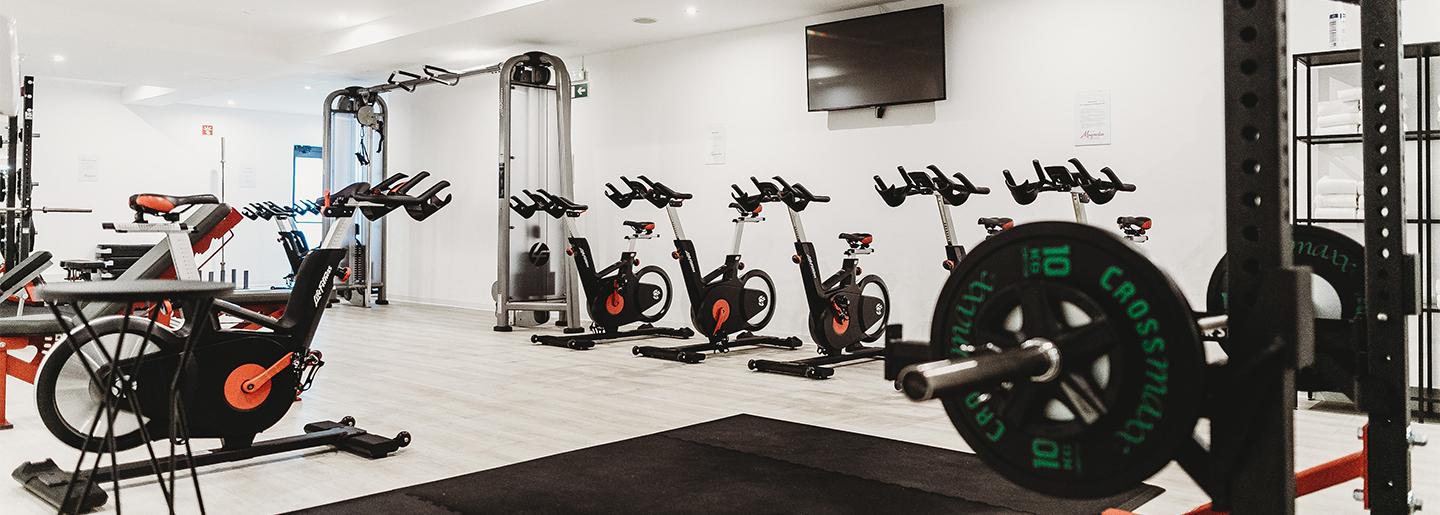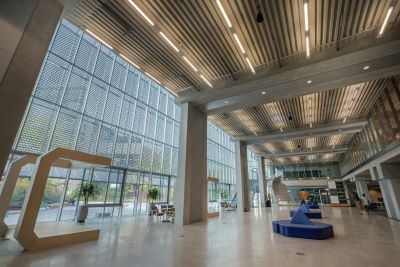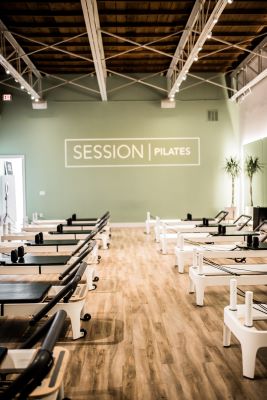
Redefining Performance Flooring
Whatever the purpose of the space, the performance of the floor can improve the performance of the people working, playing, or living there. In very specific applications, such as flooring for an auditorium, or a basketball court, performance becomes an important issue, requiring adherence to established standards or technical guidelines. In most spaces, however, the floor is taken for granted as a passive surface, not a performing one.
But that assumption is being challenged by new flooring products developed after extensive research, testing, and advances in materials and engineering. The right floor is an active surface that can do a lot more than look good or cover the slab inexpensively. The flooring in almost any space can make a positive contribution to the performance and well-being of the people using it, and if it doesn’t, that’s a wasted design opportunity with long-term negative impact.
So, what is performance in flooring, and how can it be measured? A performance floor can be defined as a surface that responds to the users in its environment in a way that supports and enhances their activities. Whatever the purpose of the space, the way the floor functions can improve the performance of the people working, playing, or living there. The key benefits fall into three major categories, all working together: safety, ergonomics, and acoustics.
Acoustics
As occupant health and wellness become ever more important aspects of the built environment, ensuring good acoustics should be a fundamental part of the design process. Acoustics can affect a building occupant’s experience in many ways, including stress from noise, worker productivity, speech intelligibility, and privacy. The flooring choice is a vital consideration for good acoustics and contributes greatly to the control of impact noise from footsteps, dropped items, dragging chairs, fitness areas, and more.

In the past, carpet was a common flooring because the soft nature of carpet greatly reduces impact noise. As designers move to a modern aesthetic that minimizes carpet and emphasizes hard floor surfaces, impact noise has become a more critical consideration.
At the same time, there is a growing trend toward more expansive fitness facilities often located near noise-sensitive spaces, such as hotel rooms, apartments, offices, conference rooms, and classrooms. A large fitness center located above guestrooms in a high-end hotel can present major issues for noise control.
Proper flooring selection is a critical part of achieving the project’s acoustical design goals. Performance flooring serves to reduce the sound from impacts (footsteps, weight drops, etc.) and other floor interactions (dragging a chair, rolling carts, etc.).
Ergonomics
“Ergonomics” is a broad term with many meanings in different settings, but however it is defined, the mechanics of how the human body reacts to surrounding physical conditions has real consequences for the health and productivity of people in all activities, from standing behind a desk to exercising in a gym. An ergonomic chair is designed to support the body in ways that avoid injury and promote healthy posture. What is an ergonomic floor?

A performance surface can provide support, prevent fatigue and injury, and promote good mobility. As with other elements of performance, the balance depends on the activities in the space. For example, a very soft, cushioned floor may feel comfortable for a while, but when moving and pushing or pulling heavy equipment, an overly soft floor is fatiguing and unsafe. Ergonomically efficient flooring balances the absorption of force and the return of energy to the human body.
The classic comparison illustrating these concepts is a floor of concrete versus a beach of sand. Concrete has very little force reduction (0 percent) and very high energy restitution (77.2 percent). In the case of a footstep, this means that the floor returns virtually all the force of the footstep to the feet, legs, and body of the walking person. Concrete is hard and uncomfortable and has no “give.”
At the opposite end of the spectrum, sand has very high force reduction (82.7 percent) and very low energy restitution (0.5 percent). Virtually no energy is returned to the person, it is all absorbed. There is too much “give,” and walking becomes very difficult.
Force reduction and shock absorption tend to add levels of safety, while energy restitution and “bounce” enhance performance and durability. For any given application, the ideal surface for the space will achieve the right balance between the two.
Safety
The term “safety floor” typically refers to flooring used to improve traction in areas that are likely to be exposed to water, food, or chemicals, such as locker rooms, pools, or spas. But safety is also a much broader category of performance, and it is a vital concern in almost every kind of space. A performance floor should contribute to reducing impact hazards in the space, balanced with enhancing the ability of people to move freely.

Slip resistance, often measured by Coefficient of Friction (COF), is probably the most familiar component of safety performance in flooring and one of the most important for selecting flooring that reduces the likelihood of a fall by preventing slips. But falls do inevitably occur, and since they can never be eliminated entirely, a performance floor should also work to help prevent injury or reduce its severity.
At the same time, depending on the application, a surface that is too slip resistant can be inefficient and present a safety hazard of its own when it impedes movement. The users of a gym, dance floor, bathroom, or lobby, will need support and protection with different balances of slip resistance and mobility. This is when the concepts often used to specify surfaces for sports, fitness, and athletics, such as playability, sliding effect, and head injury criterion, are useful for surfaces in many other types of spaces too. For example, standards for sports surfaces describe criteria for measuring factors in addition to COF, such as sliding effect, shock absorption, vertical deformation, and ball bounce. These characteristics affect both safety and playability—a player’s stability and freedom of movement. The concept of playability is a useful idea when evaluating how suitable a floor will be for the specific activities in the space. Today, more people are more active, a positive development in society. But more activity means more falls. Flooring can reduce the force of impact and help to prevent falls and may prevent or reduce injury when falls do occur.
For more information on how Ecore is redefining performance surfacing, follow us on Instagram, LinkedIn and Facebook.